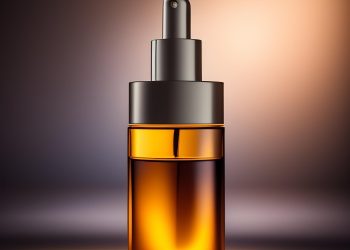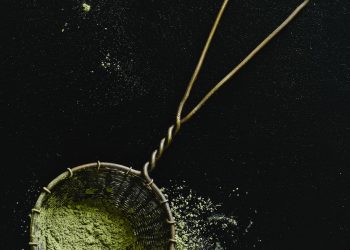Do you sometimes get that feeling of sudden pain and tightness on your foot?
It means that you’re having foot cramps or spasms.
Foot cramps can be caused by various factors including deficiency in electrolytes or minerals, dehydration, rapid breathing due to panic or anxiety, and overuse of muscles after a physical activity [1].
This condition can also be a sign of kidney problem, nerve damage, brain disorder, or thyroid disease [1].
Apart from resolving the root cause of the problem, you can also make use of these remedies for immediate relief.
12 Home Remedies for Foot Cramps
1. Clove Oil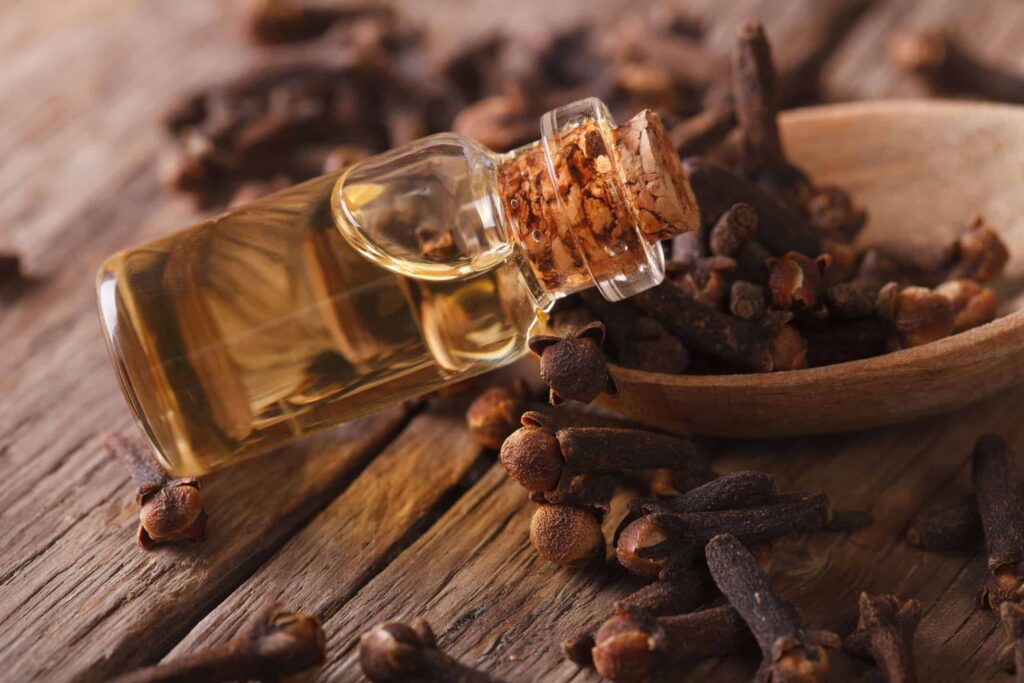
Clove’s medical applications have been used in China and India for more than 2,000 years [2].
People have relied on it for various issues including tooth decay, bad breath, bacterial and viral infections, nausea, vomiting, diarrhea, parasites and tuberculosis [2].
You can also use clove oil for relieving painful foot cramps.
Researchers have found that clove oil has strong antinociceptive and anti-inflammatory properties that work well on pain and inflammation problems [3].
This conclusion was reached after they conducted acetic acid-induced abdominal contractions and formalin-induced hind paw edema in animal subjects [3].
At different doses, clove oil successfully toned down pain and discomfort [3].
One of clove’s main components beta-caryophyllene also has local anesthetic effects that can further help in reducing pain [4].
Its effects were similar to that of caryophyllene oxide [4].
What You’ll Need:
- 1 teaspoon of clove oil
Recommended Directions:
- Warm clove oil in a pan.
- Let it cool a little before applying on the skin.
- Massage foot for five minutes.
- Repeat two to three times a day until pain subsides.
2. Rosemary
A medicinal plant that can be found in many countries worldwide, rosemary has been used in culinary, cosmetics and folk medicine [5].
Its phenolic compound rosmarinic acid has many beneficial effects on one’s health—relaxing muscles in the intestine and trachea, protecting the kidneys, preventing tumor growth and spread, and preventing gastrointestinal problems [5].
There’s also enough scientific evidence that rosemary is a good remedy for foot cramps.
After all, it is proven to have analgesic, antinociceptive and anti-inflammatory mechanisms [6, 7].
To evaluate rosemary’s efficacy, researchers performed formalin, abdominal constriction and paw edema tests on rats using various doses [7].
Its ability to induce relaxation also comes in handy.
As you know, it can be difficult to rest when you’re in pain, and rosemary can help make sure that you get the relaxation that you need to recuperate from an exhausting day.
What You’ll Need:
- 1 ounce of rosemary leaves
- 1 pint of hot water
Recommended Directions:
- Put rosemary leaves in a bowl.
- Fill the bowl with hot water.
- Steep for half an hour.
- Dip a wash cloth and apply on affected foot for 15 minutes.
- Apply cold compress afterwards.
- Repeat two to three times a day.
RELATED: 13 Health Benefits and Uses of Rosemary Oil (Backed by Evidence)
3. Massage
Some experts say that massage therapy is even older than historical records [8].
However, it was not until the 1940s, the time of the “pharmaceutical revolution” that scientists actively investigated the benefits of massage as an alternative medicine for a wide range of ailments [8].
A common finding is that it has positive effects on those who are suffering from pain [8].
Various bodies of research have shown that massage therapy can alleviate different types of pain, even severe ones [9, 10, 11].
A comprehensive review of 20 randomized controlled trials published since 1995 shows that massage therapy works on relieving both acute and chronic back pain [9].
A study done in 2000 reports that the use of foot massage as pain therapy was highly effective among patients with cancer [10].
A 10-minute session of foot massage was given to 87 patients. It was observed that they experienced less pain and nausea after the therapy [10].
Researchers from the Indiana University School of Nursing in Indiana, USA explain that massage stimulates the receptors that in turn trigger the “non-painful” nerve fibers to inhibit the transmission of pain signals to the brain [11].
It therefore makes sense to use it for minor conditions like foot cramps.
And it’s even more effective when you use a pain-relieving essential oil like wintergreen oil.
Just see to it that you dilute it first in a carrier oil to avoid unpleasant side effects such as skin irritation.
What You’ll Need:
- 1 teaspoon of wintergreen oil
- 1 teaspoon of jojoba oil
Recommended Directions:
- Combine the two oils.
- Apply on painful foot.
- Massage using long strokes for 15 minutes.
- Repeat twice a day until symptoms improve.
RELATED: 13 Proven Benefits of Aromatherapy for Health and Wellness
4. Ice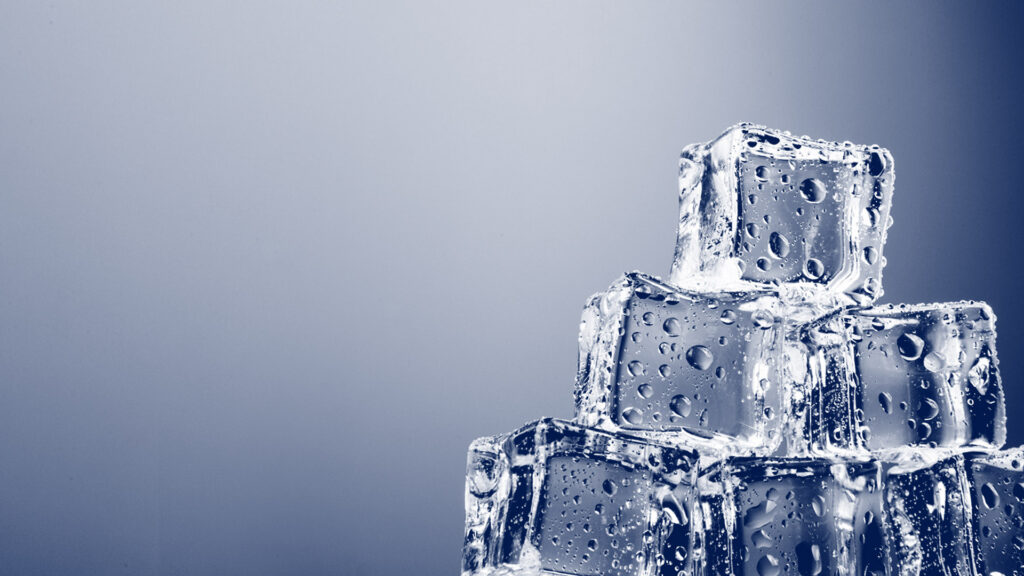
People have always relied on cold compresses for treating pain and inflammation.
In a study featured in the Journal of Pain and Symptom Management, it was reported that ice has efficient “short-term analgesic effect” [12].
This means that it can efficiently provide instant pain relief for many conditions, especially those that affect the musculoskeletal system [12].
Ice therapy works in several ways, which include reducing muscular spasms, decreasing nerve reactions, and blocking pain signals in the brain [12].
It is advisable to use ice packs for acute and minor pain problems such as cramping of the foot.
Because it’s readily available and simple to use, ice is a quick and economical way to get rid of annoying foot pain that makes it difficult for you to move around.
What You’ll Need:
- 1 bowl of ice cubes
Recommended Directions:
- Wrap a towel around the ice cubes.
- Apply on painful area for 15 minutes.
- Do this remedy every two hours for the next two days.
- Do not apply ice directly on the skin.
5. Cayenne Pepper
A popular use for cayenne pepper is for relieving lower back pain.
A study published in the British Medical Journal presents evidence that cayenne has analgesic effects, which can be attributed to its ability to increase blood flow [13].
Several other studies show that capsaicin in cayenne pepper can significantly reduce sensitivity to pain when used in proper dosage [14, 15].
These findings are enough to convince people that topical application of cayenne pepper can provide immediate relief for foot spasm.
When you use it for the first time, you’ll feel a bit of a stinging pain on your skin.
Don’t worry, it goes away after a while.
If you notice redness on your skin, it would be better to reduce the quantity of the cayenne pepper the next time you use it.
What You’ll Need:
- 1 tablespoon of organic cream
- 1/2 teaspoon of cayenne pepper
Recommended Directions:
- Combine the two ingredients.
- Apply a small amount on your foot.
- Massage gently for 5 to 10 minutes.
- Rinse with warm water to treat foot cramps.
6. Sage
Sage originated in Europe, but it is now cultivated in many parts of the world [16].
Apart from its soothing and carminative properties, sage is also known to be an effective way to prevent Alzheimer’s disease [16].
If you’re having problems with foot cramps, you can also make use of this herbal remedy.
Clinical data suggests that sage has antinociceptive actions that can come in handy in painful conditions such as this [17, 18].
Research suggests that the active compounds in sage namely ursolic acid, oleanolic acid and carnosol are responsible for its ability to reduce pain [18].
These compounds work by modulating the pain receptors [18].
What You’ll Need:
- 1 cup of sage leaves
- 1 pot of water
Recommended Directions:
- Boil sage leaves in water.
- Transfer to a basin.
- Soak your feet in the basin for 15 to 30 minutes.
- Repeat remedy several times a day until foot cramps disappear.
7. Mustard
Yes, mustard is something you can’t eat your hamburger or hotdog sandwich without.
Well, it’s more than just a condiment.
Mustard is one of the herbal plants listed in a 2012 study as an effective analgesic [19].
Its analgesic properties have been documented in a clinical trial published in the 2009 issue of the Pharmacology Biochemistry and Behavior Journal [20].
In this study, the pain-relieving effects of mustard on temporomandibular joint disorder were evaluated [20].
It was found that even in low concentrations, mustard reduced pain and improved behavior in animal subjects [20].
What You’ll Need:
- 4 tablespoons of mustard seeds, crushed
- 1 bucket of water
Recommended Directions:
- Warm water in a pot.
- Transfer to a bucket.
- Add mustard seeds.
- Soak feet in the mixture for 15 minutes.
- Repeat once a day until symptoms subside.
8. Peppermint Oil
Oil extracted from peppermint leaves are composed of phenolic compounds and flavonoids that have antioxidant, antimicrobial, and antiviral properties [21].
Various animal model trials show that peppermint oil also has anesthetic and analgesic effects in the nervous system [21].
These findings have led proponents of natural medicine to believe that peppermint oil can also be used for alleviating pain and cramping caused by foot spasm.
Topical application of peppermint oil leaves a cooling sensation on the skin that blocks pain channels, thanks to its active compound called menthol, reports a 2002 study [22].
Menthol has been proven to be a strong analgesic that works in many types of pain [22].
Also helping relieve pain are the monoterpenes in peppermint oil [23].
A team of scientists from Brazil identified the anti-inflammatory, analgesic and anesthetic activities of 27 monoterpenes after making an extensive review of 45 studies [23].
What You’ll Need:
- 10 drops of peppermint oil
- 1 bucket of warm water
Recommended Directions:
- Add peppermint oil to water.
- Submerge your feet in the water for 10 to 15 minutes.
- Repeat as needed.
RELATED: 12 Health Benefits of Peppermint Oil + (How to Use It)
9. Eucalyptus Oil
Like peppermint oil, eucalyptus oil also has a minty and cooling feeling on the skin.
It can also be used to get rid of annoying foot cramps.
It is well-documented in scientific literature that eucalyptus oil works as an analgesic and anti-inflammatory [24, 25].
Brazilian researchers conclude that this oil has “central and peripheral analgesic effects” [24].
These findings support the folkloric use of eucalyptus oil in Brazil for pain and many other conditions.
However, it’s important to note that most of these studies were done on animal subjects such as mice so it’s recommended that further investigation be done on humans.
What You’ll Need:
- 5 drops of eucalyptus oil
- 1 bowl of hot water
Recommended Directions:
- Soak towel in hot towel.
- Squeeze to remove excess water.
- Pour oil onto the towel.
- Wrap towel around painful foot.
- Do this once or twice a day until pain disappears.
10. Fluids
Another effective way to manage the pain and discomfort caused by foot cramps is by drinking plenty of fluids.
Dehydration has been linked to muscle cramps a number of times [26, 27].
According to experts, decrease in electrolytes and blood volume during dehydration contributes to muscular cramps [26].
Getting rid of pain may be as simple as drinking more water.
Like ice therapy, water is also readily available in your home so there’s no excuse not to use this remedy.
Plus, it’s also highly beneficial for your health to keep the body hydrated at all times.
Whether you’re experiencing pain or not, it’s a must to drink at least eight glasses of water a day.
What You’ll Need:
- 8 glasses of water
Recommended Directions:
- Drink eight glasses of water a day.
- When cramping sets in, drink one or two glasses.
11. Lavender Oil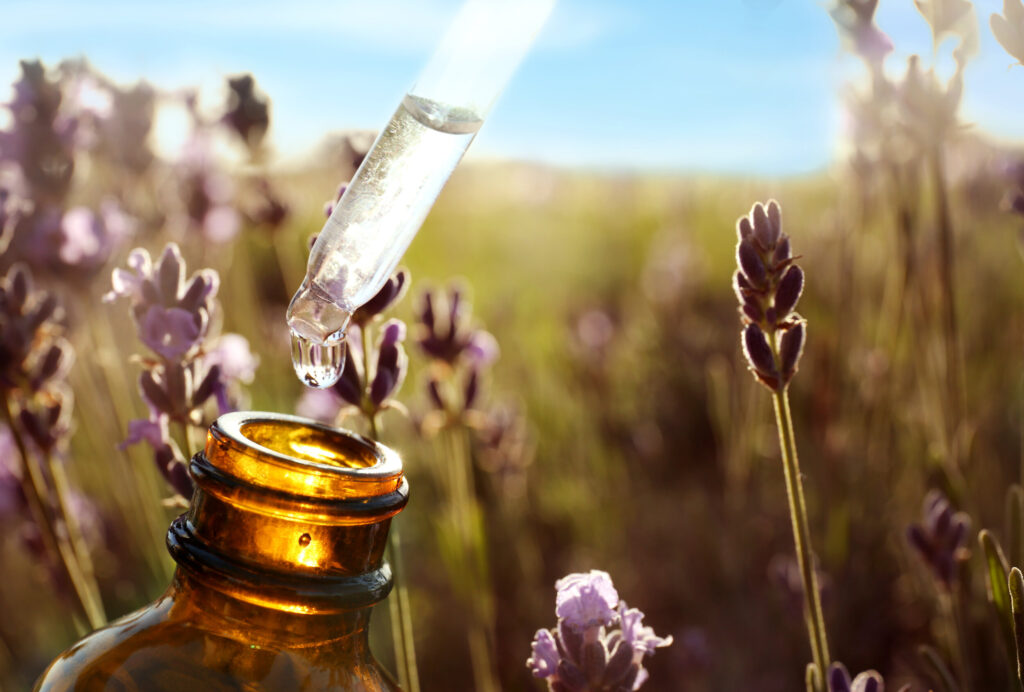
There are many benefits that have been associated with the use of lavender.
This oil has been known to control parasites, treat burns and insect bites, relieve muscle spasms and induce relaxation [28].
Studies done on both animal and human subjects prove that lavender has potent analgesic, sedative and anxiolytic effects, which can all be useful for painful conditions like foot cramps [28].
As an analgesic and sedative, it can help tone down the pain from the foot cramps while its anxiolytic effects can reduce stress and anxiety, which are usually in high levels when you are in pain.
In 2004, Japanese researchers asked women participants to soak their feet in hot water with and without lavender oil for 10 minutes [29].
It was reported that those whose foot bath contained lavender oil had an increase in blood flow, and reduction in pain [29].
This shows that lavender oil has an effect on the parasympathetic nervous system of the body [29].
What You’ll Need:
- 1 basin of warm water
- 10 drops of lavender oil
Recommended Directions:
- Put lavender oil in warm water.
- Soak feet in the foot bath for 10 minutes.
- Repeat two to three times a day until foot cramps are relieved.
12. Ginger
For many years, ginger has been used as a remedy for nausea and vomiting.
But did you know that it has been relied upon just as long for all sorts of painful conditions?
For sure, ginger can help get rid of your foot cramps so you can go back to your normal routine.
Many studies have been done to confirm the analgesic effects of ginger [30, 31, 32].
It is explained that ginger doesn’t only tone down pain, it can also lower fever, reduce inflammation and take care of other distressing symptoms that typically occur during common illnesses.
What You’ll Need:
- 1 teaspoon of ginger, chopped
- 1 cup of water
- 1 tablespoon of ginger, chopped
- 1 cup of organic cream
Recommended Directions:
- Boil water in a pot.
- Transfer hot water to a cup.
- Add one teaspoon of ginger to the hot water.
- Cover and steep for 15 to 20 minutes.
- Drink the tea twice a day for up to one week.
- Combine one tablespoon of ginger and organic cream.
- Apply on the affected foot.
- Massage gently for 10 to 15 minutes.
- Repeat this remedy two to three times a day until cramping subsides.
RELATED: How To Use Ginger For Acne: 19 Effective Ways With Directions
Bottom Line
Foot cramps can prevent you from functioning optimally.
It can make it difficult to move around and perform even simple tasks that you do every day.
Get rid of foot cramps today by using the scientifically proven natural remedies discussed above.
READ NEXT: 21 Home Remedies for Foot Fungus, Nail Fungus & Athlete’s Foot



